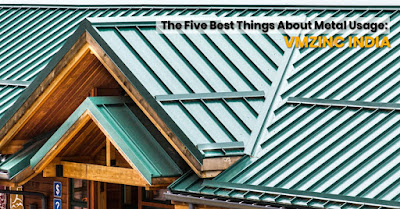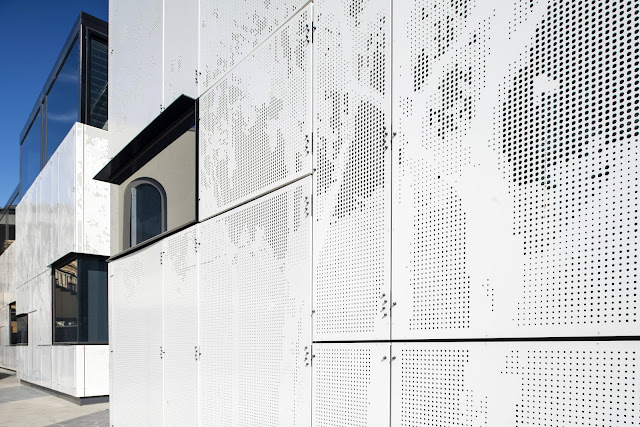How Does The Parametric Facade Become So Popular?
The process of designing a parametric facade is becoming increasingly precise, dependent on technology and information, and it is moving more and more in the direction of data-driven design, which is governed by information and a number of other imperatives, most notably the choice of environmentally friendly materials.
From the standpoint of both the designers and the developers, a building's front has unquestionably remained the most crucial because it creates the first impression of the structure. In order to achieve the sustainable goals, which are all about reducing the footprint, using smarter materials, optimising design and layout, and lowering long-term costs, many architects and designers are experimenting with symbolising forms and complex patterns.
They are also leveraging the benefits of newer materials and technologies to create intelligent facades. As new trends have emerged, façade solutions have grown more performance-focused.
Architectural Parametric Facade
The phrase "parametric facade" is frequently linked to intricate geometry and complicated designs. However, when building more conventional, rectangular facades, parametric definitions can be employed for material optimization or just to create a better and quicker image of the potential design iterations.
The integration of envelope, shape, and performance variables into a single, transparent procedure thanks to parameterization greatly simplifies things.
The use of computer methods in the design process is known as parametric façade design. By codifying design choices using computer power and language, computational design seeks to improve the traditional approach that designers use to address complicated design challenges. The outcome is a graphic depiction of the processes needed to reach the goal.
How Should Parametric Facade Designs Be Chosen?
In India, any building's visual identity, character, and expression are governed by its parametric facade. Buildings must change how they interact with their surroundings to adapt, and climatic variables must be taken into consideration while choosing facade designs.
These facades serve a significant purpose in every nation. Before making a choice, one must take into account environmental factors including heat, light, and wind. The performance of a building is significantly impacted by Indian parametric facade design and architecture.
Parametric Architecture's Advantages
You can think outside the boundaries of traditional architectural design thinking with parametric architecture designs.
In parametric architecture, designing, reusing, and improving algorithms is simple.
It aids in improving a design's functionality.
With the use of parametric facade, architects may easily build spaces that look opulently filled.
Throughout the entire designing process, the computational design provides feedback.
Additionally, one may mimic building performances using parametric tools.
Which material is right for your next facade project?
Zinc is a fantastic material for facades. A few of the advantages of this metal that are boosting the use of zinc cladding in construction are its longevity and capacity to withstand weathering. A zinc roof's typical lifespan is roughly 100 years, whereas a wall can last up to 150 years, depending on the environment.
How? The patina on zinc makes it resistant to corrosion. A protective coating starts to build on the surface as it is subjected to normal weathering. By doing this, the corrosion process that steel goes through is stopped. The resulting zinc-carbonate coating has the added benefit of producing a lovely patina for an extremely appealing appearance in architecture.




Comments
Post a Comment